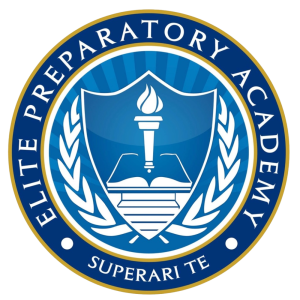Note-taking is the practice of recording information and ideas from various sources by writing, typing, or creating graphics to aid memory and facilitate later review and understanding. Effective note-taking involves identifying and recording key points in your own words, structuring notes with headings and symbols, and summarizing content rather than writing full sentences. Various methods, such as the Cornell Method, Mind Mapping, and Outlining, can be used depending on the material and personal learning style.
Why Note-Taking is Important
Improved Recall:
It helps you remember information by forcing you to process and encode it, rather than relying on memory alone.
Better Understanding:
Summarizing and paraphrasing in your own words clarifies the material and connects it to existing knowledge.
Organization:
Notes provide a structured record of key ideas, which is invaluable for revision and research.
Combating Information Overload:
It allows you to extract the essence of information from a lecture, meeting, or text, freeing your mind from having to recall everything.
Tips for Effective Note-Taking
Focus on Key Points:
Write phrases, not full sentences, and skip common words like "the" and "a".
Use Your Own Words:
Paraphrase the content to make it personally meaningful and improve comprehension.
Structure Your Notes:
Use headings, subheadings, and bullet points to organize information logically.
Employ Visual Cues:
Use colors, underlining, and symbols to highlight key information and connections.
Leave Space:
Create gaps in your notes to add further details, comments, or connections later.
Review and Summarize:
After taking initial notes, revisit them to summarize, condense, and organize the information for future use.
Common Note-Taking Methods
Cornell Method:
Divides paper into sections for main notes, cues, and summaries, allowing for easy review.
Mind Mapping:
Uses a central idea with branches for related concepts, ideal for visual learners and complex topics.
Outline Method:
Organizes notes in a hierarchical structure using headings, subheadings, and bullet points to show relationships.
Charting Method:
Uses columns to organize information, useful for subjects with lots of categories or comparisons.
